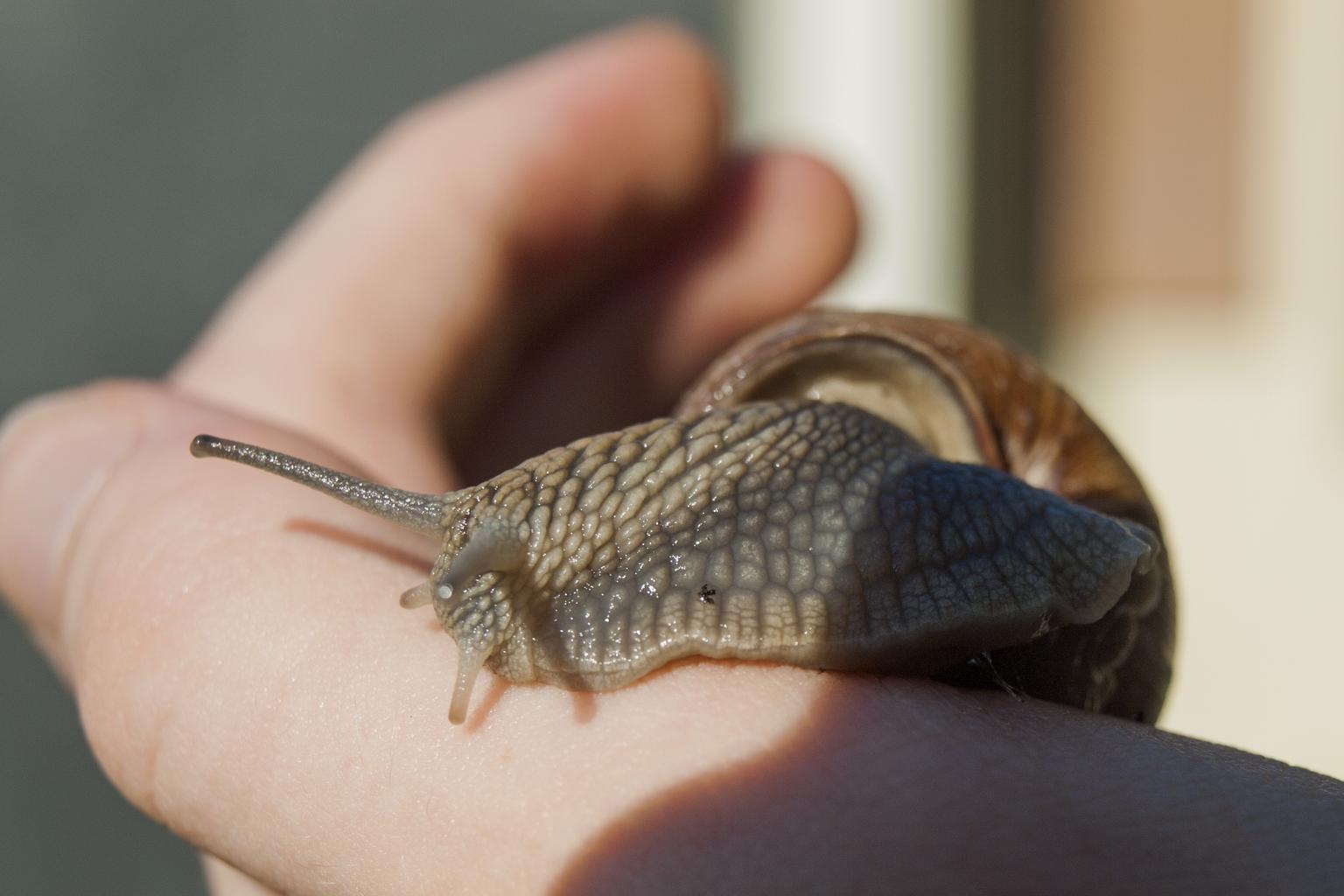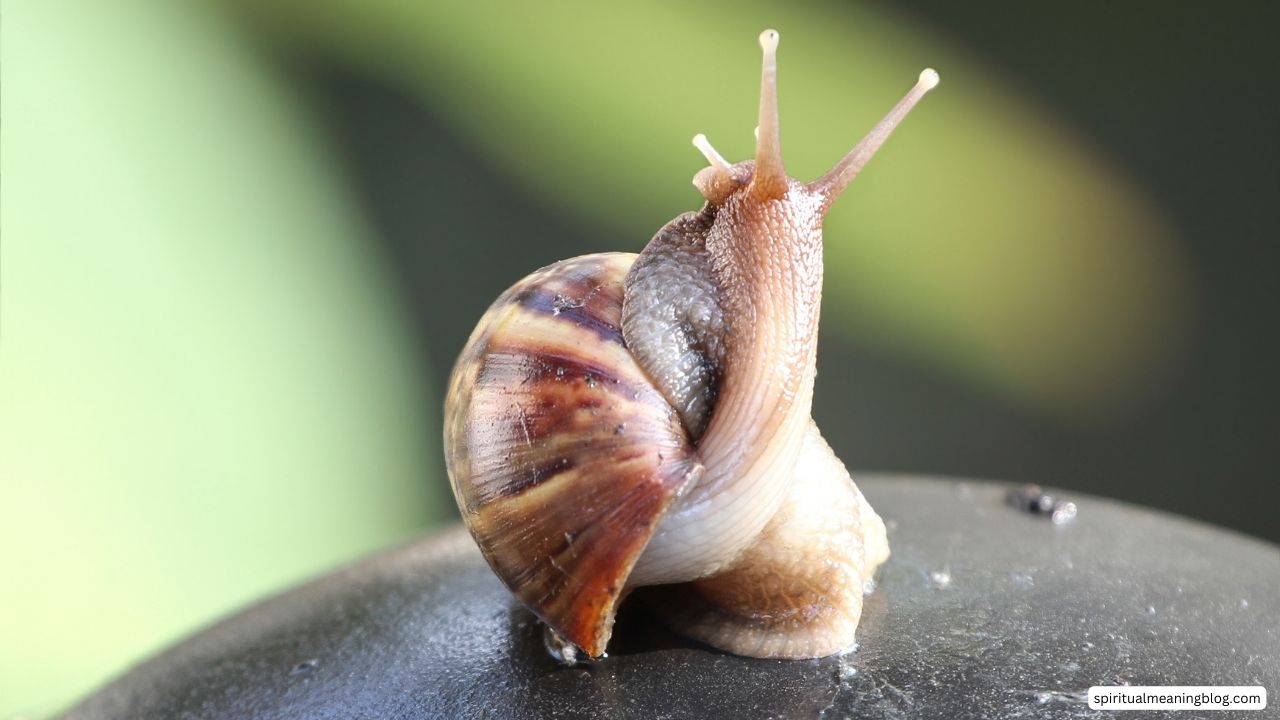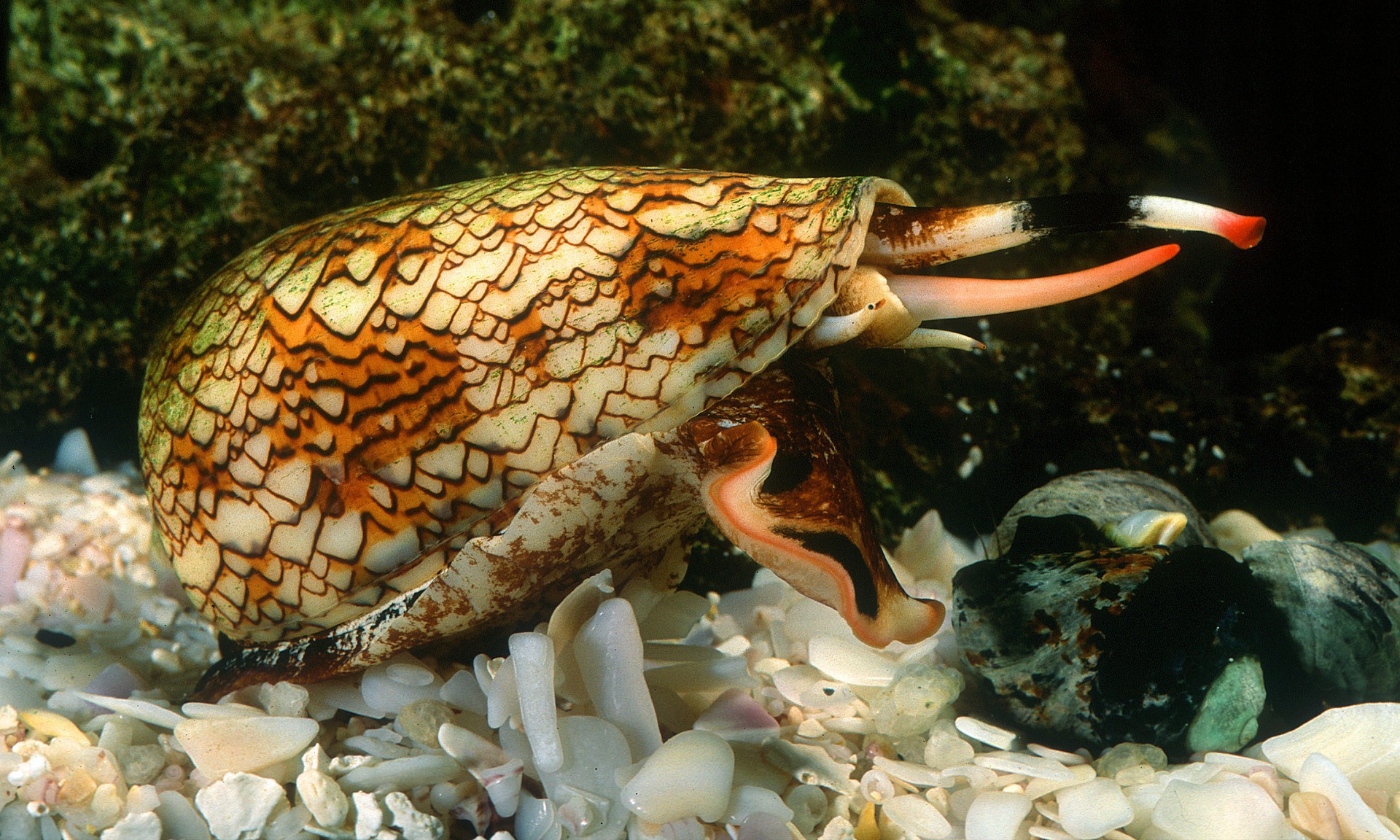Snails are fascinating creatures with unique anatomical features that have intrigued scientists and nature enthusiasts for centuries. One of the fundamental questions often asked about these mollusks is whether they are vertebrates or invertebrates. This article delves into the anatomy of snails, exploring their classification and addressing common questions such as “is snail a vertebrate” and “are snails invertebrates.”
What Defines a Vertebrate?
To understand whether a snail is a vertebrate, it is essential to grasp the definition of vertebrates. Vertebrates are animals that possess a backbone or spinal column. This group includes mammals, birds, reptiles, amphibians, and fish. The backbone serves as a crucial structural component that supports the body and protects the spinal cord.
Characteristics of Vertebrates
Vertebrates share several key characteristics:
- Backbone or Spine: A series of vertebrae that form the spinal column.
- Endoskeleton: An internal skeleton made of bone or cartilage.
- Complex Nervous System: A highly developed brain and nerve cord.
- Advanced Organ Systems: Well-developed circulatory, respiratory, and digestive systems.
Is a Snail a Vertebrate?

Given the definition and characteristics of vertebrates, we can analyze whether snails fit into this category. Snails do not have a backbone or spinal column. Instead, they possess a soft, flexible body supported by a muscular foot and a hard, protective shell.
Snail Anatomy Overview
Snails belong to the class Gastropoda within the phylum Mollusca. Their anatomy is distinct and consists of the following main parts:
- Shell: A hard, calcareous structure that protects the snail’s body.
- Foot: A muscular organ used for movement.
- Visceral Mass: Contains the internal organs, including the digestive, reproductive, and excretory systems.
- Mantle: A tissue layer that secretes the shell and covers the visceral mass.
- Radula: A tongue-like organ with tiny teeth used for feeding.
Are Snails Invertebrates?
Based on their anatomical features, snails are classified as invertebrates. Invertebrates are animals that lack a backbone or spinal column. This diverse group includes insects, arachnids, crustaceans, and mollusks.
Why Snails Are Invertebrates
Several reasons justify the classification of snails as invertebrates:
- Lack of Backbone: Snails do not have a spinal column.
- Soft Body Structure: Their body is supported by a muscular foot and shell, not an internal skeleton.
- Simple Nervous System: Snails have a less complex nervous system compared to vertebrates.
- Body Composition: The body of a snail is primarily composed of soft tissues without the rigid support of bones or cartilage.
Snail is Vertebrate or Invertebrate?

To address the question “snail is vertebrate or invertebrate,” it is clear that snails fall into the category of invertebrates. Their anatomical structure and lack of a backbone distinguish them from vertebrates.
Invertebrate Classification
As invertebrates, snails share common traits with other members of this group:
- Diverse Body Forms: Invertebrates exhibit a wide range of body structures and forms.
- Habitat Variety: Invertebrates inhabit various environments, from terrestrial to aquatic.
- Reproductive Strategies: Invertebrates have multiple reproductive methods, including sexual and asexual reproduction.
Are Apple Snails Poisonous? Important Facts You Should Know

Apple snails are a type of freshwater snail known for their large size and vibrant colors. While they are popular in aquariums, it is essential to be aware of their potential toxicity. Apple snails can carry parasites that may be harmful to humans and other animals. It is crucial to handle them with care and maintain proper hygiene when cleaning their tanks.
Handling Apple Snails Safely
- Avoid Direct Contact: Use gloves when handling apple snails to reduce the risk of exposure to parasites.
- Proper Tank Maintenance: Regularly clean the aquarium and change the water to prevent the buildup of harmful pathogens.
- Health Precautions: Wash your hands thoroughly after handling apple snails or cleaning their habitat.
Conclusion
In conclusion, snails are intriguing invertebrates with unique anatomical features that set them apart from vertebrates. Understanding the distinction between vertebrates and invertebrates helps clarify why snails are classified as such. Additionally, being informed about the potential risks associated with apple snails ensures safe handling and care. By appreciating the complexity and diversity of snail anatomy, we gain a deeper insight into the fascinating world of these mollusks.

